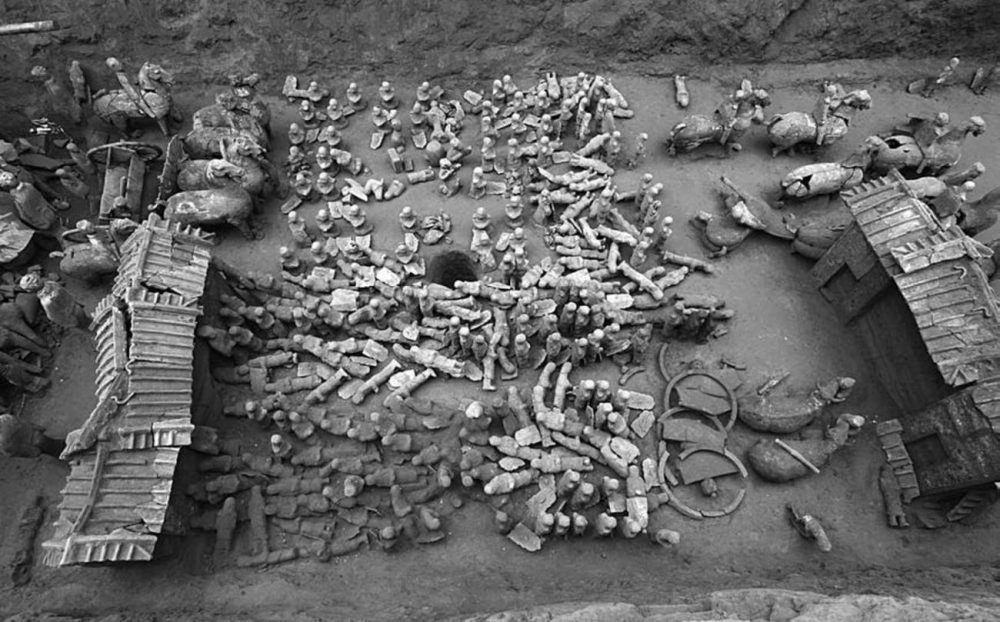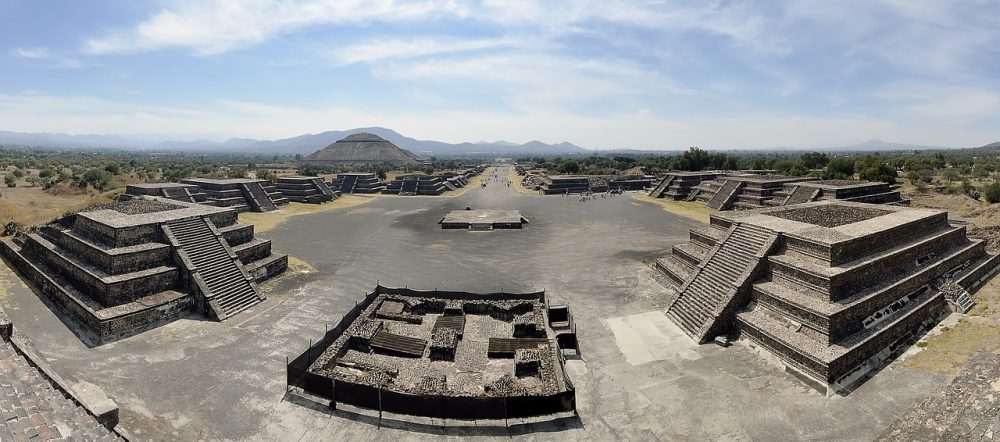Beneath the windswept moors of Cornwall, a discovery has stunned archaeologists: King Arthur’s Hall, once believed to date back to the medieval era, has been revealed to be an astonishing 5,500 years old. This revelation not only redefines the timeline of the monument but also challenges long-held myths about its origins.
New research, using advanced dating techniques, places the construction of this enigmatic site squarely in the Neolithic era, predating the supposed exploits of King Arthur by thousands of years. What was once thought to be a medieval relic now emerges as one of the oldest and most mysterious monuments in Britain.
A Cutting-Edge Technique That Redefines History
The breakthrough came thanks to optically stimulated luminescence (OSL), a cutting-edge method that measures the last time minerals in the soil were exposed to sunlight. By analyzing these buried grains, researchers concluded that King Arthur’s Hall was constructed millennia before anyone had envisioned knights, castles, or legends.
“It’s extremely exciting that we’ve finally been able to date construction of this enigmatic monument, previously grounded in myths and legends,” says Dr. Tim Kinnaird from the University of St Andrews.
This 47-by-20-meter rectangular structure, framed by toppled orthostates up to six feet high, now stands as a testament to the ingenuity of Neolithic communities.
A Monument Unlike Any Other
What makes King Arthur’s Hall even more intriguing is its unparalleled design. According to lead archaeologist James Gossip, “There isn’t another one of these anywhere.” This rectangular combination of earth banks and upright stone blocks has no known parallel in prehistoric Britain—or anywhere else.
Originally believed to be a cattle enclosure or medieval camp, the Neolithic dating opens a door to new possibilities. Was this a ceremonial gathering place, a site for ancient rituals, or a symbol of unity for a thriving prehistoric community? The answers remain elusive, but the Hall’s unique design ensures it will continue to captivate researchers.
A Prehistoric Community Comes to Life
Surrounded by the rugged landscape of Bodmin Moor, the Hall’s significance grows when placed in the context of other Neolithic sites in the region. This area was likely a hub of activity, with early inhabitants constructing monumental structures to express their connection to the land and the skies above.
“This all alludes to a rich Neolithic landscape, evidencing an active community on the moor, which requires further investigation,” notes Kinnaird.
As archaeologists delve deeper, they hope to uncover clues about the lives, beliefs, and practices of the people who built this remarkable structure.
Preserving the Past for the Future
Today, King Arthur’s Hall faces threats from natural erosion, livestock, and human activity. Listed on Historic England’s At Risk register, the site requires careful preservation to prevent further damage. Visitors are urged to tread lightly, as the monument could still hold undiscovered treasures beneath its surface.











